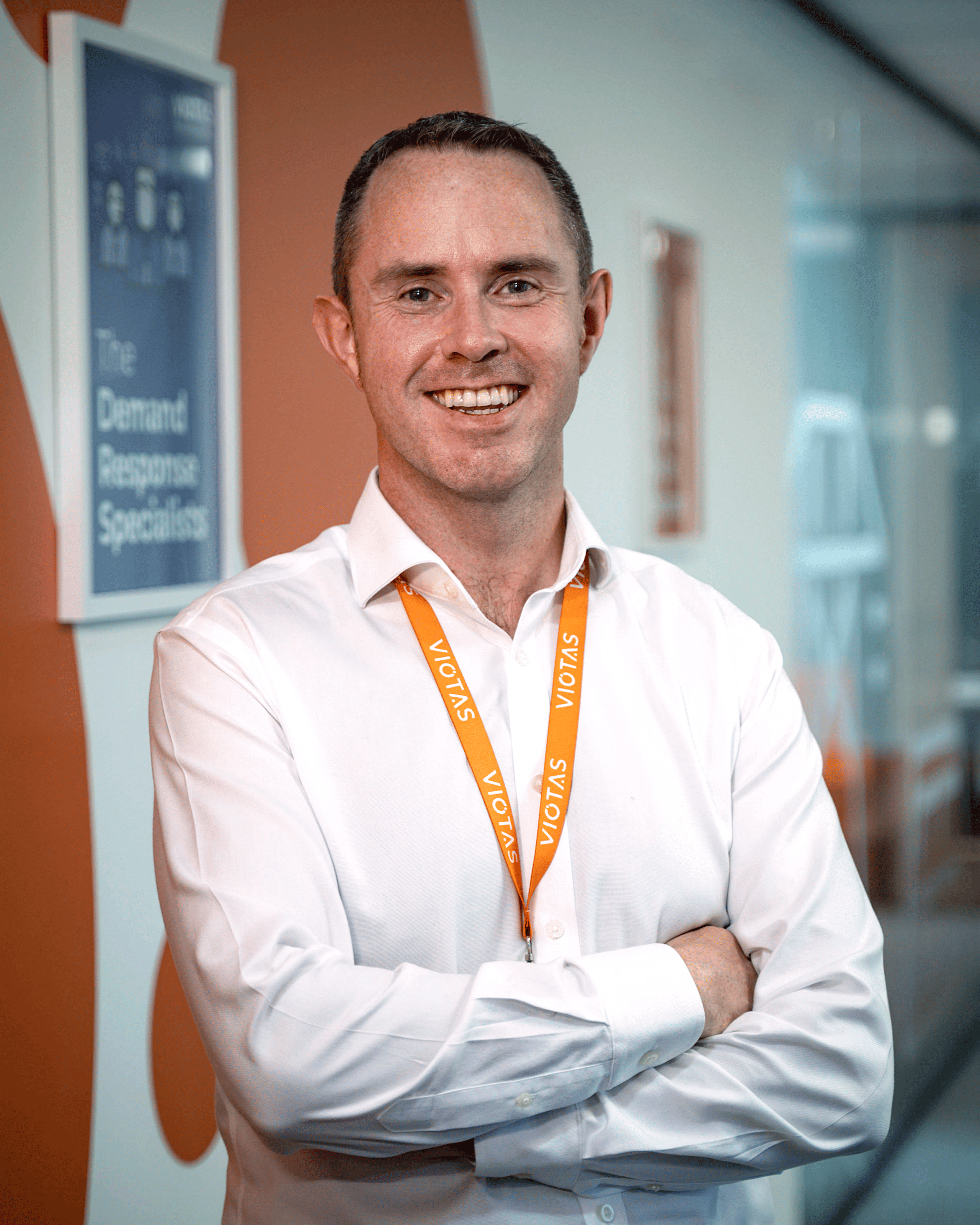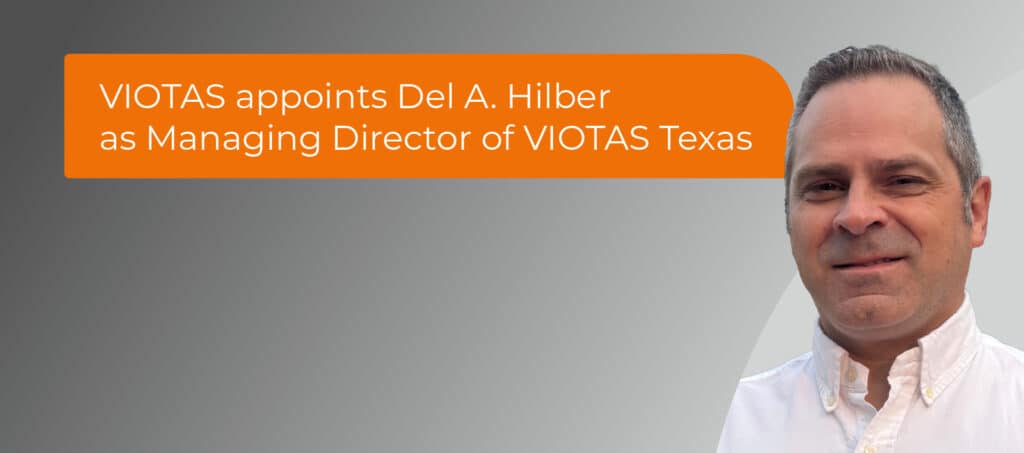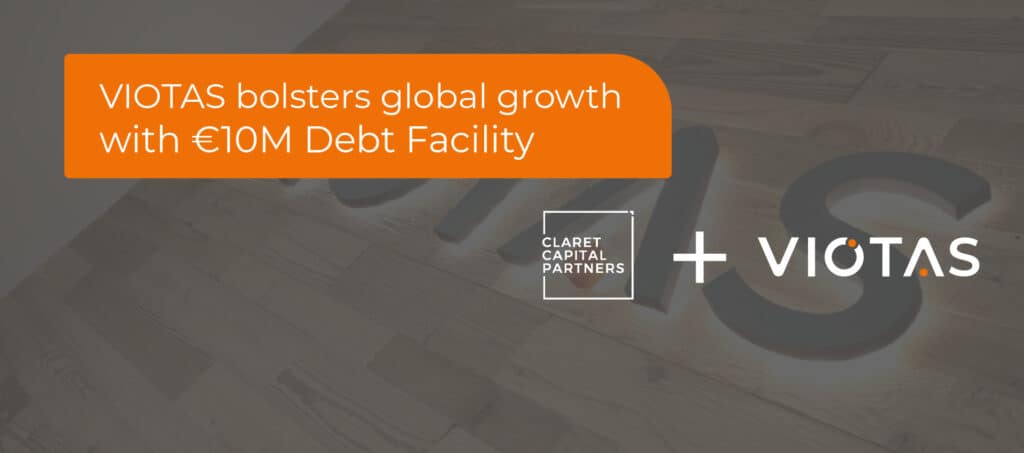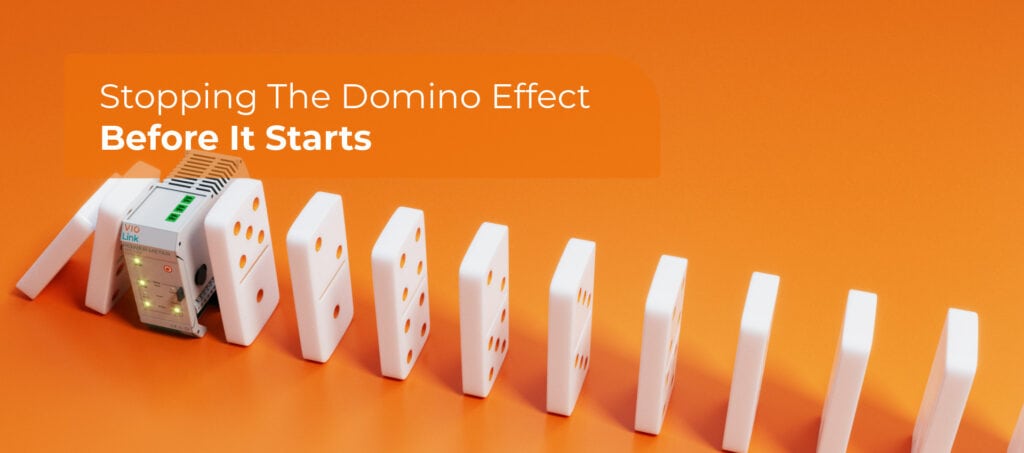
VIOTAS in conversation with Silicon Republic
November 3rd 2022: VIOTAS CEO Paddy Finn spoke with Silicon Republic about the company’s expansion plans and how there is no ‘one and only solution’ for decarbonising the economy. Original article here: https://www.siliconrepublic.com/machines/viotas-energy-exchange-renewables-ireland
A growing challenge that comes with the rise of renewable energy is finding ways to keep power grids balanced.
It is important for grids to stay steady, providing the energy that is required to meet demand. But unlike coal or oil, energy sources such as solar and wind are dependent on the weather. This can cause fluctuations, forcing grid operators to use fossil fuels when demand exceeds the supply generated by renewable sources.
One company that wants to tackle this issue is VIOTAS, a Limerick-based business looking to enable more renewable energy to be used on the grid.
Formerly known as Electricity Exchange, its technology allows commercial or industrial clients to get paid for participating in demand response services, supporting security and stability in national electricity grids while accelerating the use of renewables.
The company was founded in 2013 by Duncan O’Toole and Paddy Finn. Speaking to SiliconRepublic.com, CEO Finn described VIOTAS as a “virtual power station” that allows trading on the electricity market.
“Instead of actually building a power station with bricks and mortar, we build a power station with IoT, hardware and code,” Finn said. “Our system allows us to enable electricity customers to provide flexibility, and we can know exactly how much flexibility we have at any point in time, the characteristics of how fast it can respond, how much we’re going to get out of it.”
Finn said his background in technology and O’Toole’s trading background made them very well placed to set up VIOTAS. He added that Ireland’s “ambitious renewable targets” meant the country would have to deal with the flexibility issues that can arise from more renewables.
Beginning with three engineers in 2013 and working from a small office, VIOTAS has steadily grown over the years to meet rising demand. The company became a joint venture with Bord na Móna in 2016 and said it was the second-largest demand-side aggregator in Ireland by 2017.
VIOTAS opened its first international office in Melbourne, Australia in 2020 and announced an additional 60 jobs in Ireland. The company now has an R&D office in Poland and more than 100 staff worldwide. It also has an office in the US, with plans to launch its services there and in other markets in the future.
Finn said the company’s demand response capacity has grown to be larger than the West Offaly Power Station, which was the largest peat-fired station in Ireland at 135MW.
“Now we actually have more capacity and we never had to pour an ounce of concrete or erect a single pylon,” Finn said.
There is no ‘one and only solution’
Finn said the demand response systems that companies like VIOTAS offer can help provide lower cost and better value to consumers. However, he added that it is important for multiple avenues to be explored for climate targets to be met worldwide.
“When I meet other stakeholders from other technology types, be it battery storage, hydrogen, solar or wind, nobody is trying to actually push their solution as being the one and only solution,” Finn said.
“Everybody is keenly aware that it’s actually multiple technologies and solutions coming together that’s the answer, and that each of them have their own strengths and weaknesses.”
Ireland has plans to halve greenhouse gas emissions by 2030 and reach net zero by 2050. While renewable energy is a clear way to move towards this goal, Finn said there can be “diminishing returns” as a power system moves toward higher levels of renewables.
“Decarbonisation isn’t solely exclusive to electricity,” Finn said. “It’s decarbonisation of transport, decarbonisation of heat. I think we need to look at where we direct our efforts at any given point in time to make sure that we’re focusing our efforts on where we’re going to get the best return on investment.
“What it will take to get from 90pc renewables up to 100pc is probably going to be more than what it took to get to 90pc in the first place, in terms the engineering challenges that need to be addressed. But if you get up toward 80pc and 90pc, what it does is it allows electricity to be used as a vector for the decarbonisation of other sectors, where it can get real good bang for its buck.”
Ireland’s microgeneration scheme
At the end of 2021, the Irish Government announced a new incentive for homes and businesses to develop renewable energy sources.
The Micro-generation Support Scheme was launched to let homes and businesses receive a payment for any renewable energy they export to the grid. When launched, the scheme aimed to generate 380MW of installed micro-generation capacity to help Ireland meet its solar targets in the Climate Action Plan.
The Irish Solar Energy Association welcomed the announcement, adding that it has the potential to be among the most impactful climate measures introduced this decade.
Finn said there are certain scenarios where this sort of scheme won’t be the best answer, while there are other times when it may be “the only answer”. He also said the worst thing a renewable power system could ever have is that every customer has net-zero energy consumption, but still relies on a fully operational power system.
“Who pays for the power system at that point?” Finn said. “Whereas a fully functioning power system that delivers full renewable energy to the customers, that works.
“When you have customers that engage in a way that provides flexibility like what we try to bring to bear, that allows that power grid to much more economically bring a high level of renewable energy down to all the customers, that works better.”



